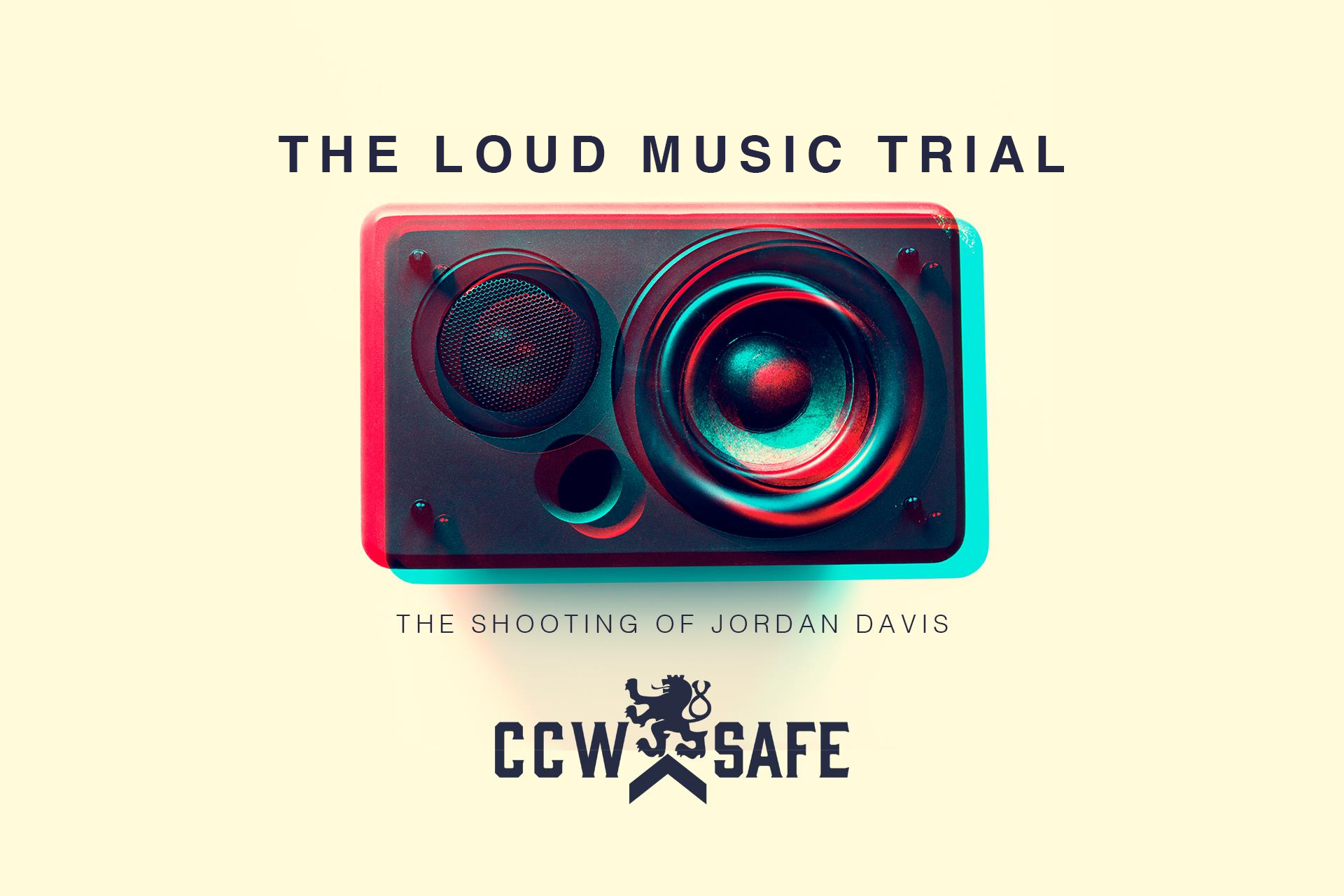
Posted on August 17, 2018
In Self Defense: “The Loud Music” Trial-The Shooting of Jordan Davis, Part 5- Post Incident Actions
The “Loud Music” Trial
The shooting of Jordan Davis
Part 5: Post-Incident Actions
“I saw a barrel come up on the window,” Michael Dunn told detectives in a recorded statement. “Like a single-shot shotgun.” Dunn and his fiancee Rhonda Rouer had stopped at a convenience store in Jacksonville, Florida, and Dunn parked his Volkswagen Jetta next to a red Dodge Durango full of teenagers. The teens were blasting their music, “rap crap” Dunn called it. When Rouer went into the store for wine and chips, Dunn asked the young man in the passenger seat to turn the music down. He shut the music off, but then Jordan Davis, the passenger in the rear seat, became “agitated” — issuing threats, Dunn said, like: “I should kill that mother —,” and “You’re dead, —.”
When Dunn saw the barrel of the shotgun, as he alleged, and Davis started getting out of the SUV (which no one else witnessed), Dunn retrieved his pistol from the glove compartment and fired three bursts at the car. The first burst penetrated the rear passenger door of the Durango. Two bullets hit Davis in the leg. A third entered the teen’s abdomen puncturing his liver, aorta, and lungs. Bullets from the second burst became lodged in the front passenger door as the driver of the SUV tried to speed away. Then Dunn got out of his car, assumed a “police position,” as one witness described it, and fired a final burst at the retreating vehicle.
Rouer heard the shots and raced outside where she saw Dunn waving for her to get in the car. Dunn drove to the hotel where they had been staying. When they got there, he walked the dog they had left in the room while attending the wedding of Dunn’s son. He ordered pizza, and mixed a rum and Coke. He never called 911. Overnight, they learned the news that someone died in the shooting. In the morning they made the two and a half hour drive south to their home in Satellite Beach. That’s where police caught up with him. A witness memorized Dunn’s license plate as he fled the scene. Dunn told investigators that he “was waiting ‘til we get around people we know” to report the shooting. He didn’t want to “bring a s–t storm down” in Jacksonville.
Dunn made three critical mistakes in the moments and hours after the initial shooting.. He kept firing after the threat was neutralized; he fled the scene and failed to call the police; and he gave a detailed recorded statement to investigators without the counsel of an attorney.
Don West, veteran criminal defense attorney and National Trial Counsel for CCW Safe says every shot counts in a self-defense case. While the first shot may be justified, if it served to neutralize the threat, the next shot could be considered murder. Jurors in the Dunn case heard audio from a recorded surveillance that captured the sound of the gun shots. There were three bursts of fire — the first two in quick succession, a notable pause, and then a final burst. A witness said that in the gap between the second and third bursts, Dunn assumed a “police position” before firing at the retreating vehicle. At Dunn’s first trial, the jury failed to reach a verdict on the murder charge. Some of the jurors felt that first burst of fire could have been justifiable self-defense. That same jury, however, unanimously found Dunn guilty of attempted murder. With one voice, they said the final shots were not justifiable.
Don West says there was no plausible scenario to explain why Dunn left the scene and failed to report the shooting to authorities — unless he had done something wrong. “He did the opposite of what you would think a reasonable person would do in that scenario.” Leaving made Dunn look guilty. Dunn told investigators he didn’t feel safe at the scene. That can be a valid concern after a self-defense shooting. It would have been appropriate for him to get to a safe place very near by, but then he should have called authorities immediately and surrendered when police arrived. Then Dunn would have had the opportunity to make his self-defense claim, and it is certain that detectives would have considered that as they conducted their investigation.
Like so many other shooters in the cases we explore, Dunn gave a detailed recorded interview with investigators — without the advice of an attorney. “He tried to talk himself out of it without counsel,” Don West says. The prosecutors played the whole video at trial, and jurors could watch Dunn dig a hole for himself as he made claims that weren’t supported by any of the evidence. As the video wears on, Dunn begins to realize how much trouble he is in. One of the investigators tells Dunn that some self-defense cases are clear-cut. His partner continues, “Let me be the first to tell you, this ain’t one of them.”
The lesson for concealed carriers is that, after a self-defense shooting, it is essential to report the incident as quickly as possible and then stay on the scene, surrender to law enforcement, make a self-defense claim, and then cooperate reasonably with investigators while stopping short of giving a detailed account of what happened. Don’t give specific statements or submit to questioning without invoking your right to legal counsel.
In our next installment of “The Four Elements of Self-Defense” we’ll look at the verdict (make that verdicts) in the Dunn trial and summarize the lessons for the concealed carrier.